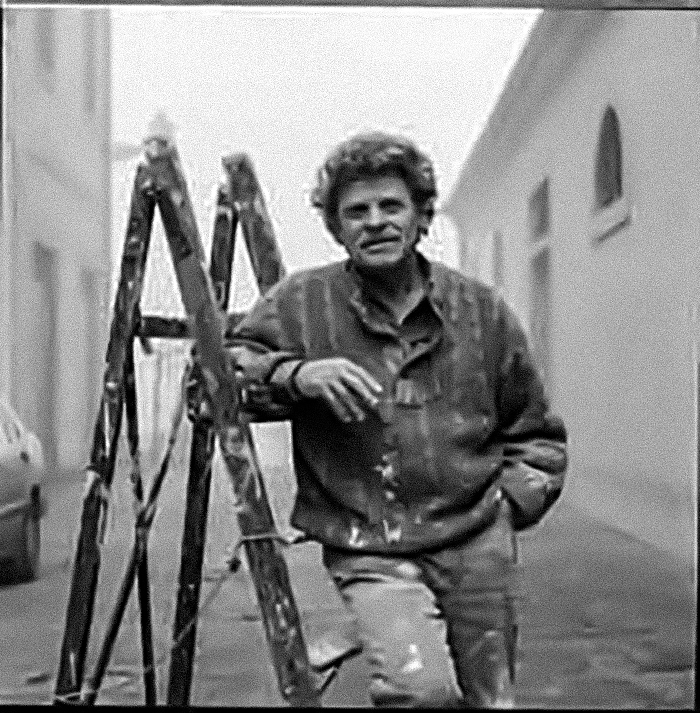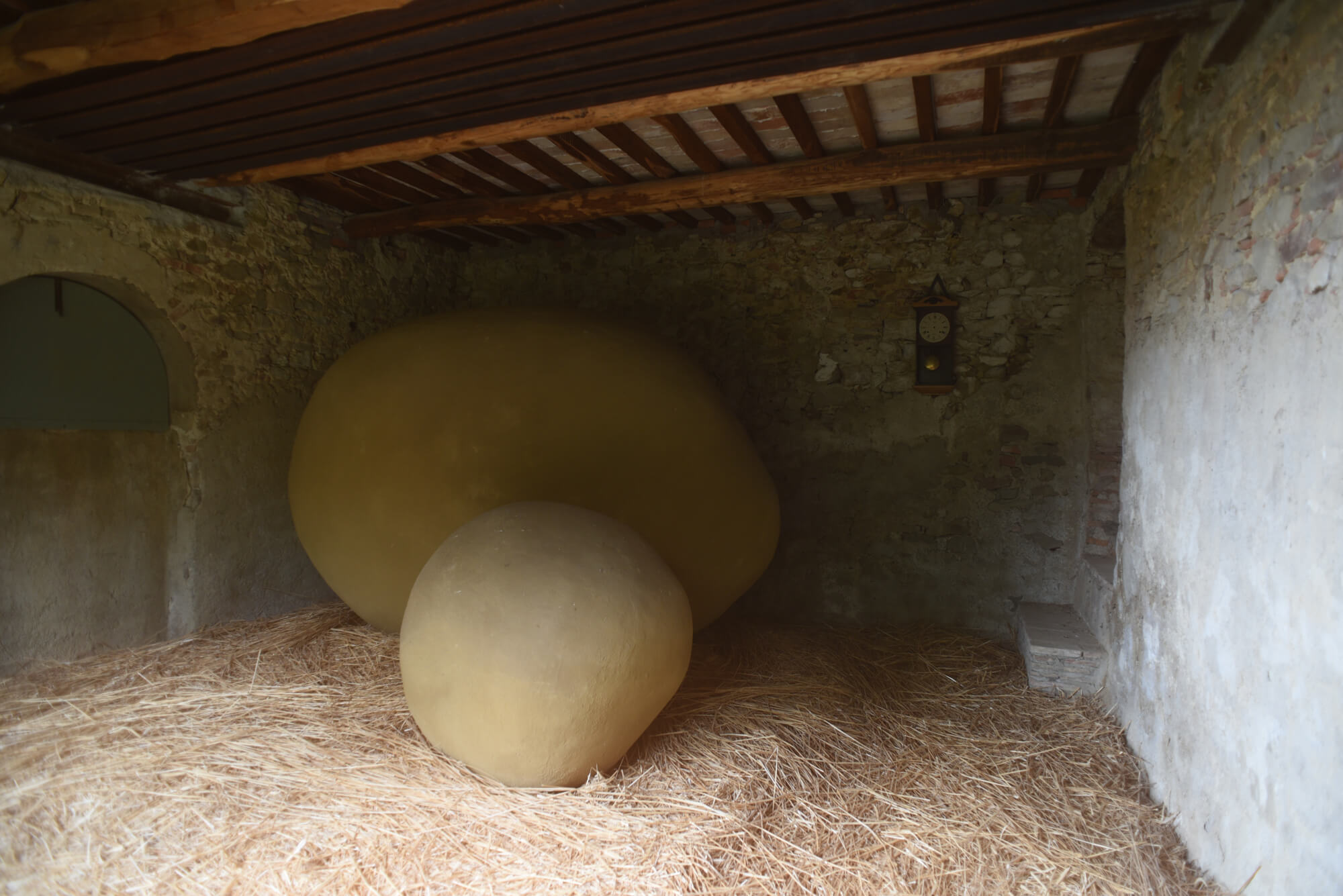Costas Tsoclis (Atene, 1930 – )
Giuliano Gori encounters Costas Tsoclis in the Greek Pavilion at the 1986 Venice Biennale, dedicated to the theme “Art and Science.” In the pavilion, Tsoclis exhibits the video work Pesce fiocinato with the integration of a three-dimensional element that seems to penetrate the projection wall. The power of this installation, combined with the dramatic images of the end of a fish’s life (actually filmed at a local market), becomes the subject of a legal case for animal cruelty, from which Tsoclis will be fully acquitted. In fact, in the filing decree, the film is recognized as “an artistic expression of great quality that […] arouses not only interest in the aesthetic fact but an inseparable understanding of the human measure.”






